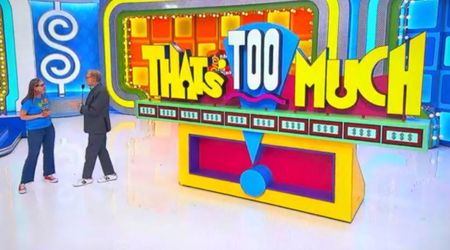Your 2023 Second-Quarter Tax Payment Deadline Is June 15; Here's Who Should Take Note

If you're a freelancer, entrepreneur, or any worker who doesn't have taxes withheld from your paycheck, it's crucial to mark your calendars for an important deadline. According to the IRS, the due date for the 2023 second-quarter estimated tax payments is June 15.
This deadline applies to individuals with income sources that do not have withholdings, such as self-employment earnings, investments, gig economy work, and more. Additionally, some individuals are required to make quarterly payments if their employers do not withhold enough from each paycheck. Failing to make these estimated tax payments can result in penalties and surprises during tax season.
Understanding the Importance of Estimated Tax Payments
The IRS recently emphasized the significance of making quarterly estimated tax payments to ensure individuals remain up-to-date with their tax obligations. Sean Lovison, a Philadelphia-area certified financial planner with WJL Financial Advisors and a certified public accountant, stressed the importance of accurately calculating tax payments, paying on time, and considering the "safe harbor" rule to avoid underpayment penalties.
Lovison advises individuals to maintain records, monitor their tax situation, and seek professional guidance to facilitate a smooth tax experience.

Avoiding Penalties: Understanding the "Safe Harbor" Rule
In the United States, it is essential to stay up to date with tax payments throughout the year, as the tax system follows a "pay-as-you-go" principle. Failure to accomplish that can bring about penalties.
Kathleen Kenealy, the founder of Katapult Financial Planning in Woburn, Massachusetts, and a Certified Financial Planner, explains that missing any of the four estimated tax payment deadlines for 2023 (April 18, June 15, Sept. 15, and Jan. 16, 2024) will lead to a late penalty. The penalty amounts to 0.5% of the unpaid balance per month or partial month, up to a maximum of 25%, in addition to accruing interest.

To avoid penalties for underpayment, the IRS has established a provision called the "safe harbor. This provision outlines the requirements individuals must meet to be considered compliant. To fulfill the safe harbor requirement, taxpayers must pay at least 90% of the current year's tax liability or 100% of the previous year's taxes, whichever amount is smaller. However, it's worth noting that high-income taxpayers are subject to a slightly different rule. If their adjusted gross income for 2022 was $150,000 or more, they must pay 110% of the previous year's taxes to meet the safe harbor requirement for 2023. To determine your adjusted gross income, refer to line 11 of your 2022 tax return.

When it comes to paying quarterly estimated taxes, the IRS recommends electronic payments as they are the quickest, easiest, and most secure option. Various online payment methods are available, including payments through your online account, Direct Pay, the Electronic Federal Tax Payment System, and more.
However, it's important to be aware that debit and credit card payments may incur fees. For detailed information on how to make these payments, visit the IRS website.
























